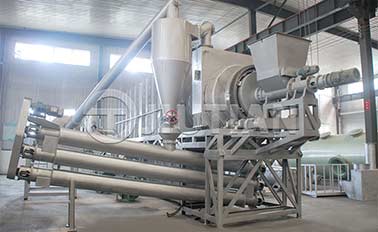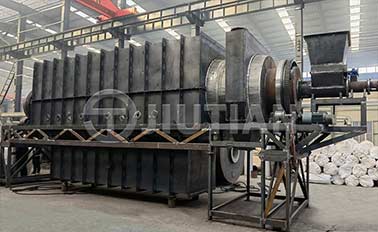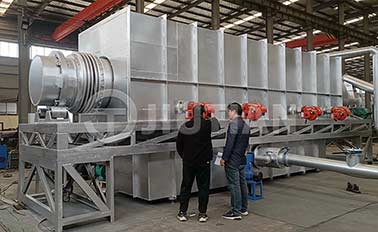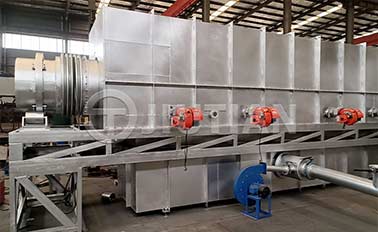Converting straw into charcoal is an effective waste utilization method that can convert agricultural waste into useful energy and resources. The following are some methods and benefits of utilizing straw charcoal waste:
Method and process:
1. Carbonization treatment: The key step in making charcoal from straw is carbonization, which is the process of heating straw at high temperature to decompose it into charcoal. Carbonization can use different types of carbonization furnaces, such as horizontal or vertical carbonization furnaces.
2. Gas and liquid product collection: During the carbonization process, gas and liquid by-products such as tar and wood vinegar are released. These products can also be collected and utilized. For example, wood vinegar can be used for agricultural fertilizers or the production of chemicals.
3. Collecting and processing ash: After carbonization, ash will be left behind. These ash residues are rich in minerals and can be used as soil amendments or fertilizer additives.
4. Preparation of charcoal: The prepared charcoal can be used for various purposes, such as heating, cooking, and as a reducing agent in industrial processes.

![]()
Benefits of waste utilization:
1. Resource recycling: Straw is a type of agricultural waste that is often considered waste. By making it into charcoal, waste resources can be converted into useful energy and products.
2. Energy production: Charcoal can be used as a form of biomass energy for heating, cooking, and power generation. This helps reduce dependence on limited fossil fuels.
3. Reducing waste treatment costs: Handling large amounts of straw waste may require significant funding and resources. Converting it into charcoal can reduce the cost of waste treatment and disposal.
4. Improving soil quality: Ash residue used as a soil conditioner can improve soil permeability, water retention capacity, and nutrient retention capacity, thereby improving the growth environment of plants.
5. Reducing environmental pollution: Through carbonization treatment, the environmental pollution caused by straw stacking and incineration can be reduced.
Please note that straw charcoal production requires appropriate equipment and technology, as well as compliance with environmental and safety regulations. When implementing straw charcoal projects, careful consideration should be given to factors such as equipment selection, carbonization process control, and waste treatment.

Location:Indonesia
Project Progress:Put Into Production

Location:Vietnam
Project Progress:Put Into Production

Location:Kenya
Project Progress:Put Into Production

Location:Canada
Project Progress:Put Into Production